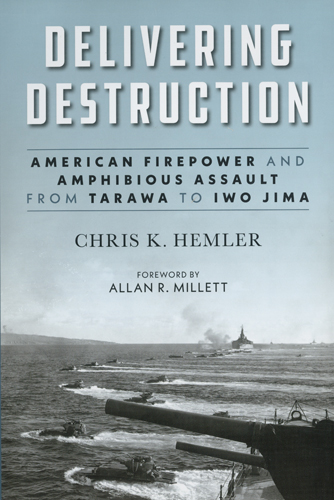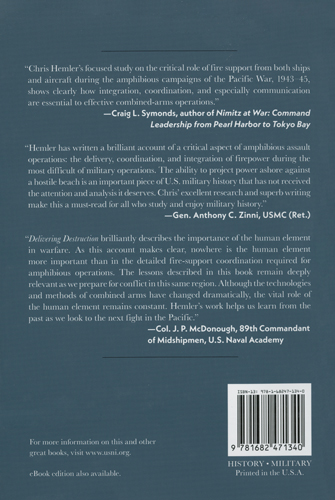Delivering Destruction. American Firepower and Amphibious Assault from Tarawa to Iwo Jima
Издание на английском языке
This series advances understanding of Marine Corps history and amphibious warfare by publishing original scholarship across a broad spectrum of innovative studies. The series analyzes an extensive array of vital aspects of the Marine Corps, amphibious warfare, and their collective role in global security, including battles, leaders, strategy, operations, tactics, doctrine, technology, personnel, organization, and culture. Incorporating both historical and contemporary perspectives, this series publishes important literature about the Marine Corps and significant works relevant to amphibious warfare that span the globe, feature diverse methodologies, and reach general audiences. As a result, the series provides a professional home, central venue, and premier destination for the best and newest research on Marine Corps history and amphibious warfare.
Contents
List of Maps
List of Acronyms
Foreword: Getting Ashore
Acknowledgments
Introduction
Chapter 1. “Getting the Shells to Fall Where You Want Them”: Coordinating Naval Gunfire and Air Support in the Interwar Period
Chapter 2. The First Test: Tarawa, 1943
Chapter 3. Building a “Spirit of Cooperation”: Coordinating Triphibious Firepower in Theory
Chapter 4. On to the Marshalls: Coordinating Triphibious Firepower in Practice
Chapter 5. More Shells, More Planes, More Harmony: Taking the Marianas
Chapter 6. Approaching the Crescendo: Intrawar Adjustments, Saipan to I wo Jima
Chapter 7. Pinnacle in the Pacific: The Battle for I wo Jima and the Apex of American Triphibious Firepower Coordination
Chapter 8. Examining Success: The Legacy of American Fire Control and Coordination
Notes
Bibliography
Index




